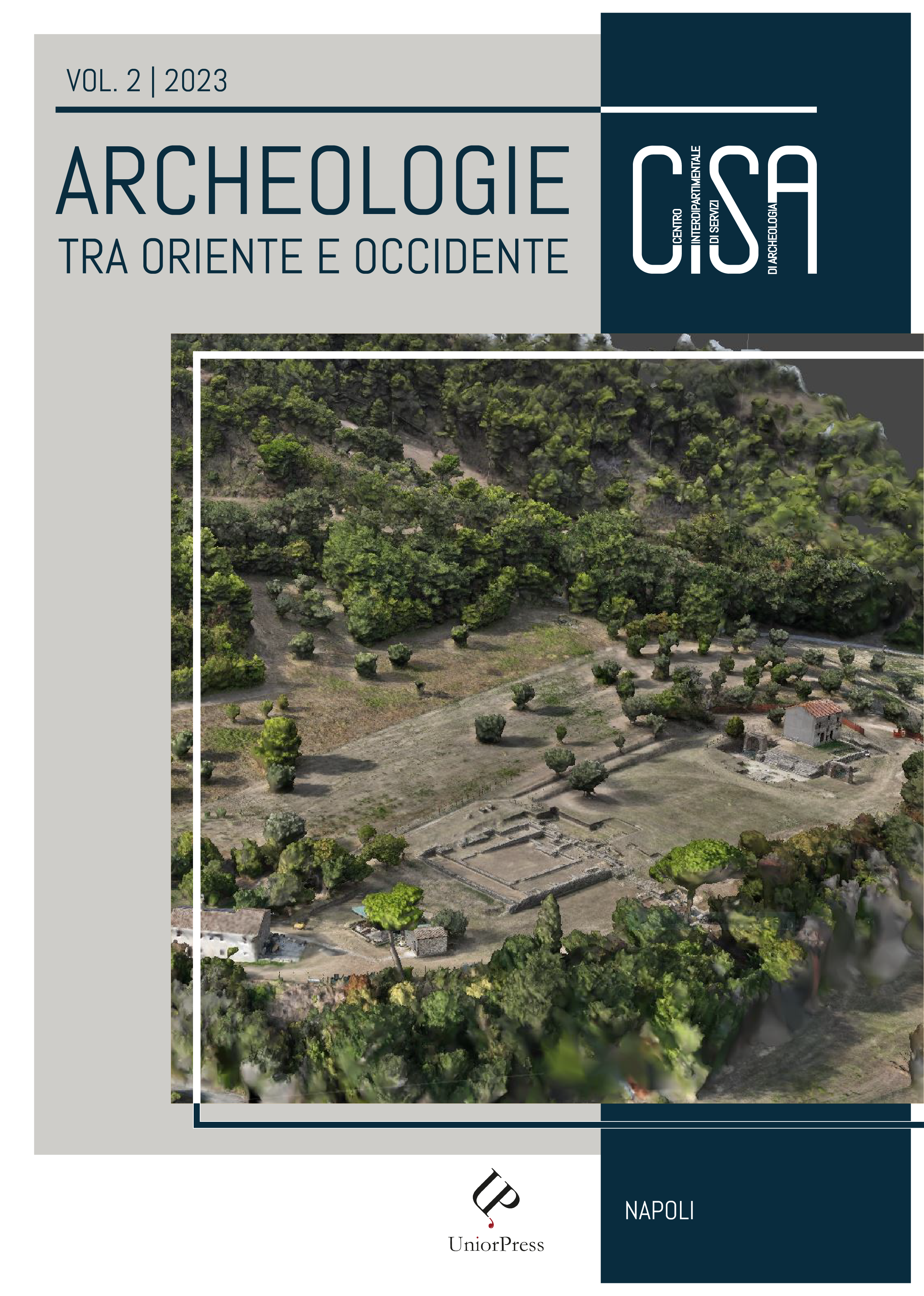Il culto di Zeus ed Hermes Agoraioi ad Atene tra epoca classica e prima età imperiale: dati storico-letterari, fonti epigrafiche e documentazione archeologica
DOI:
https://doi.org/10.6093/archeologie/11503Keywords:
Discontinuity, Defunctionalization, Agorai, EkklesiaiAbstract
The investigation of the cult of Zeus Agoraios in Athens, a deity of a political nature usually worshipped in the agorai, is based mainly on the available archaeological data, while historical-literary and epigraphic sources turn out to be less useful. The location of the so-called “altar of Zeus Agoraios” in the Agora of the Ceramic (2nd half of the 4th century BCE), east of the Hellenistic Metroon, has often been discussed in the bibliography. The traditional hypothesis, dating back to R. Martin, is that this monument was originally located on the Pnice, where ekklesiai were held. This reading would seem to be confirmed by the presence on the hill of a large cut on the bema from the third building phase of the ekklesiasterion, datable to the same period and compatible with an altar of the same size as the one present at the Kerameikos. The dating of this altar relocation operation has been set between the first century B.C. and the first century A.D., and it follows that the problem of the monument's original site also includes that of cult ownership. The contribution aims to carry out a thorough reconsideration of the archaeological and historical-literary documentation on the subject, in order to outline a development of the agora cult of Zeus in Athens between the classical and early imperial periods, not neglecting the link with the cult of the other important agora deity worshipped at the Kerameikos, Hermes Agoraios, returning to the complex topographical problem of the northwest corner of the agora space of the Attic city.


